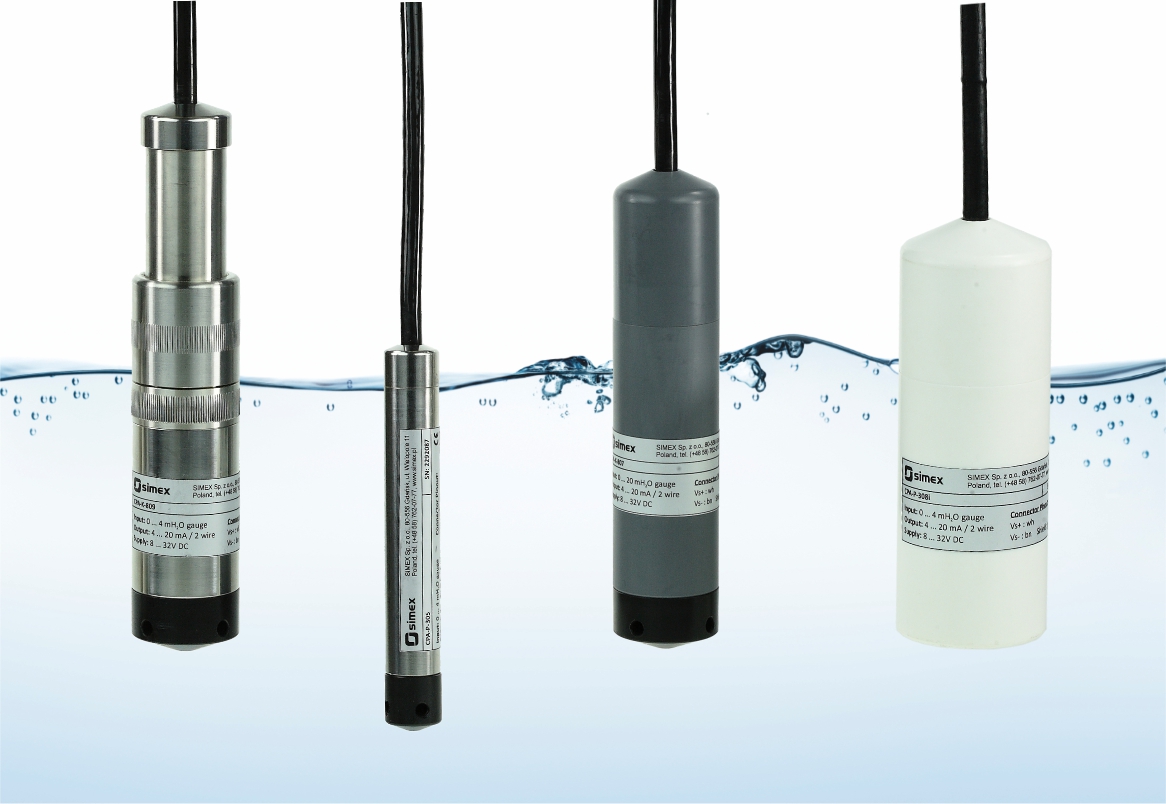Level sensors in unconventional water and sewage applications
In the first publication concerning the pressure and level series, we would like to present hydrostatic level sensors and some unconventional ways of using them in water and sewage systems industry, where these sensors play a key role. Perhaps it will be just a curiosity, or maybe a source of inspiration?
Mode of action:
A hydrostatic level sensor measures the liquid pressure at a given depth, converting it into an electrical signal indicating the liquid level.
Applications:
1. Monitoring the level of groundwater in the areas of sewage treatment plants:
- Specification:
Measuring range: 0-100 mH2O,
Accuracy: ±0.2%,
Signal output: 4-20 mA,
Corrosion resistance: stainless steel
- Function: These sensors monitor groundwater levels around sewage treatment plants, helping to assess the risk of groundwater contamination.
2. Water level control in commercial rainwater recovery systems:
- Specification:
Measuring range: 0-10 mH2O
Accuracy: ±0.05%
Signal output: 4-20 mA
Corrosion resistance: stainless steel
- Function: In modern commercial buildings, rainwater recovery systems are installed to reduce drinking water consumption. These sensors monitor water levels in reservoirs, enabling efficient resource management and water delivery for toilets, irrigation systems and other uses.
3. Monitoring the water level in hydropower systems - turbin cooling systems:
- Specification:
Measuring range: 0-20 mH2O
Accuracy: ±0.1%
Signal output: 4-20 mA
Corrosion resistance: stainless steel with ceramic coating
- Function: in hydropower plants, cooling systems are crucial to maintaining the appropriate temperature of turbines and generators. These sensors monitor the water level in the water suplying system, allowing you to optimize the cooling process and prevent equipment from overheating. Thanks to this, power plants can operate efficiently and safely, minimizing the risk of failure.





